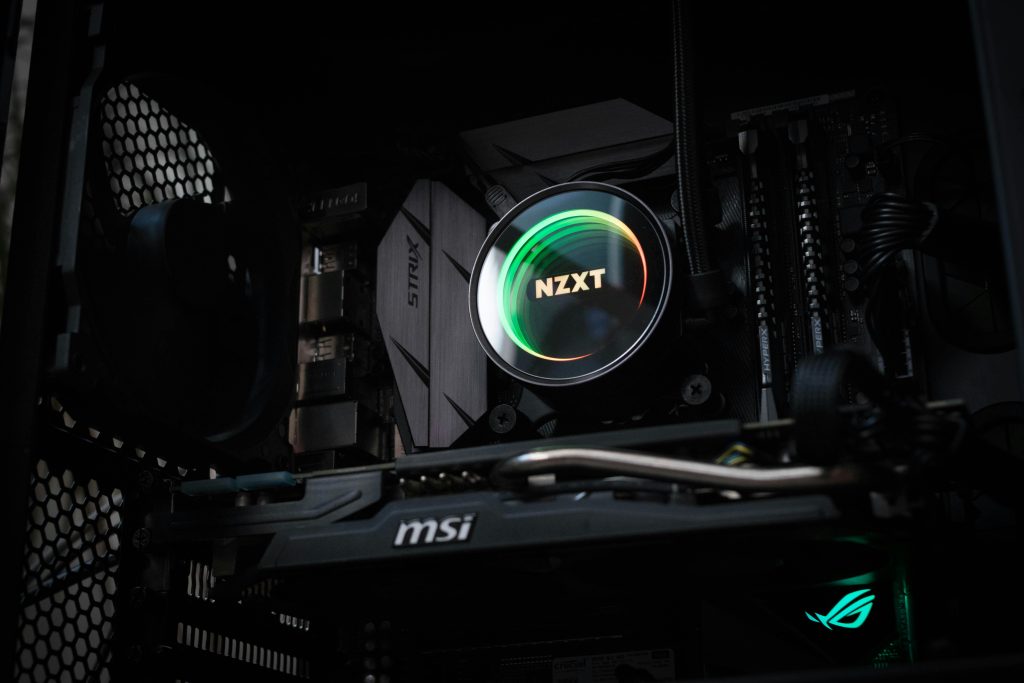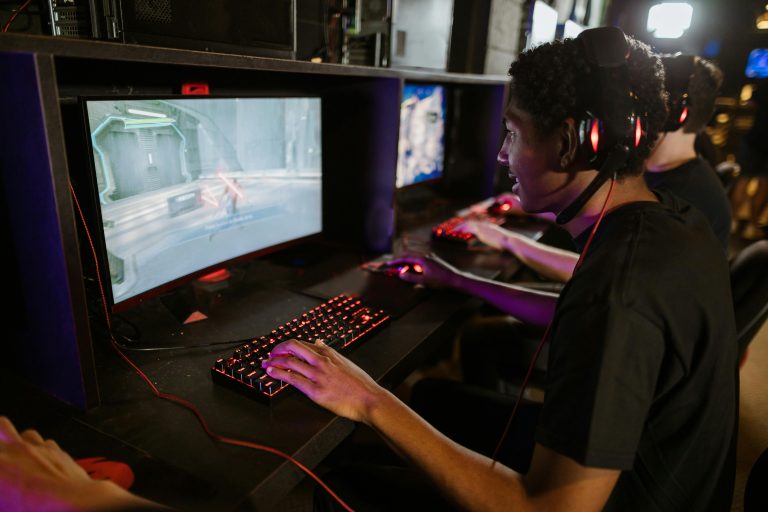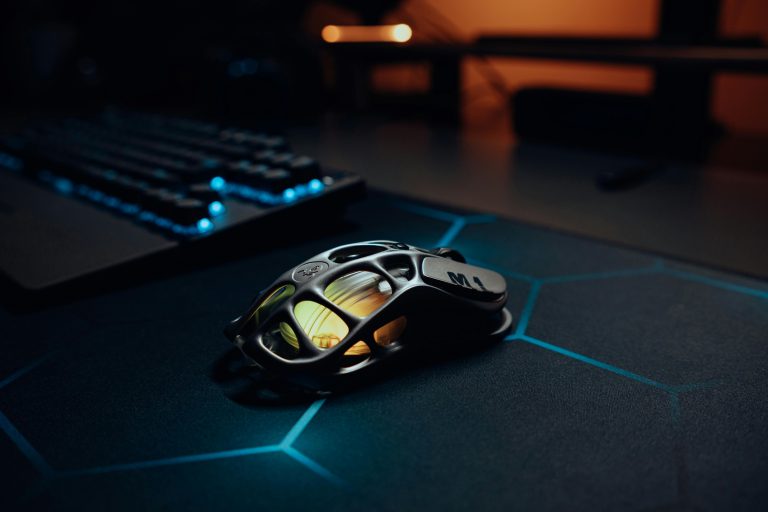
You’ve invested in a powerful gaming rig, ready to conquer new worlds and climb the leaderboards. But instead of buttery-smooth frame rates and instant load times, you’re greeted with frustrating stutters, lag spikes, and textures that take forever to pop in. Before you consider emptying your wallet on a new graphics card, know this: significant performance gains are often hiding in plain sight. Optimizing your PC isn’t just for hardcore enthusiasts; it’s a essential practice for any gamer looking to get the most out of their hardware. This guide will walk you through practical, effective steps to boost your FPS, minimize interruptions, and create a seamless gaming experience.
Start with the Basics: Windows and Driver Optimization
Your operating system and drivers are the fundamental layer between your games and your hardware. Ensuring they are finely tuned is the first and most crucial step toward better performance.
Update Your Graphics Drivers
This is the single most important software tweak you can make. GPU manufacturers like NVIDIA and AMD consistently release Game Ready drivers that are optimized for the latest titles, offering performance improvements and bug fixes. Use the GeForce Experience application for NVIDIA cards or the AMD Adrenalin software for Radeon cards to easily check for and install the latest updates. Set it to auto-update so you never miss a critical boost.
Tweak Windows for Performance
Windows 10 and 11 come with many visual effects and background processes that can sap gaming performance. Here’s how to reclaim those resources:
- Enable Game Mode: Found in Settings > Gaming > Game Mode, this Windows feature prioritizes CPU and GPU resources for your game when it’s running.
- Adjust Power Plan: Go to Control Panel > Hardware and Sound > Power Options and select the High performance plan. This prevents your CPU from downclocking during intense gaming sessions.
- Turn Off Visual Effects: Search for “View advanced system settings,” click Settings under Performance, and choose “Adjust for best performance.” This disables animations and transparency effects that use GPU power.
Dial in Your In-Game Settings for Maximum FPS
Simply cranking every slider to “Ultra” is a surefire way to tank your frame rate. Understanding what each setting does allows you to make smart sacrifices for a huge FPS boost with minimal visual impact.
Key Settings to Lower First
- Shadows: Often one of the most demanding settings. Dropping from Ultra to High or Medium can net a big performance gain with a barely noticeable difference during gameplay.
- Anti-Aliasing (AA): This smooths jagged edges but is very costly. Consider using less intensive methods like FXAA or SMAA instead of MSAA or SSAA.
- Volumetric Clouds/Fog: These atmospheric effects are performance hogs. Reducing them can clear up resources for more critical elements.
- Ambient Occlusion: Adds contact shadows to make scenes feel more grounded. SSAO is a good balance of performance and quality versus HBAO+ or VXAO.
Utilize Upscaling Technologies
If you have a supported NVIDIA (RTX) or AMD (RX) GPU, technologies like NVIDIA DLSS and AMD FSR are absolute game-changers. They render the game at a lower resolution and use AI or smart algorithms to upscale it to your native resolution. The result is a massive FPS boost with image quality that often rivals native rendering. Always enable this if it’s available.
Hardware and Advanced Tweaks
When software optimizations aren’t enough, it’s time to look at your physical setup and some deeper system changes.
Manage Your Temperatures
Thermal throttling is a silent killer of performance. When your CPU or GPU gets too hot, they slow down to prevent damage. Use tools like MSI Afterburner or HWMonitor to check your temperatures under load. If they are consistently above 85°C, consider:
- Cleaning dust out of your PC case, fans, and heatsinks.
- Improving your case’s airflow by ensuring you have a good balance of intake and exhaust fans.
- Reapplying thermal paste to your CPU and GPU (for advanced users).
Overclocking (Proceed with Caution)
Pushing your hardware beyond its factory settings can yield free performance. Tools like MSI Afterburner (for GPU) and your motherboard’s BIOS (for CPU) allow you to carefully increase clock speeds and voltages. This should only be attempted after thorough research, as incorrect settings can cause system instability or, in rare cases, damage components. Start with small, incremental changes and stress test thoroughly.
Ensure Dual-Channel RAM and XMP
If you have two sticks of RAM, make sure they are installed in the correct slots to run in dual-channel mode, which dramatically increases memory bandwidth. Furthermore, most RAM runs at a base speed (e.g., 2133MHz) out of the box. You must enable the Extreme Memory Profile (XMP) in your BIOS to run it at its advertised speed (e.g., 3600MHz). This is a simple toggle that can provide a noticeable FPS increase, especially in CPU-bound games.
Conclusion: A Smoother Gaming Experience Awaits
Optimizing your PC for gaming is not a one-time task but an ongoing process. By methodically working through these steps—keeping your drivers updated, fine-tuning Windows, mastering in-game settings, and ensuring your hardware is running cool and fast—you can unlock a significantly better gaming experience without spending a dime. The goal isn’t just to see a higher number on an FPS counter; it’s to achieve a smooth, responsive, and immersive session where the technology disappears, and only the game remains. Now, apply these tweaks, jump into your favorite title, and enjoy the buttery-smooth performance you deserve.



